Why visit Ostia Antica?
It’s not like Rome doesn’t have enough ruins. It’s an enormous living museum, with history hidden around every corner. There’s weeks and weeks of ruins to sift through within the city limits, why even bother leaving town?
But just 20 minutes outside of Rome you have Ostia Antica, which is a whole different story. It’s an enormous archeological site- unlike Rome nobody built over the past here, so you have an entire small city frozen in time. Ancient Roman houses, shrines and amphitheaters sitting out under the sun like a living museum.
We visited Ostia on a private Discover Ostia Antica tour with Mike from Walks of Italy (same guy who helped us explore the catacombs). Anyone can visit Ostia and it’s very easy to reach, but the place is so massive and the signage so lacking that it was definitely helpful to have an expert show us around and explain the significance of the many buildings and sculptures to us.
At it’s peak in the 2nd century Ostia was home to 75,000 people. It was a harbor city sitting on the River Tiber (“ostia” means mouth, like the mouth of the river). You can explore the ancient bathhouses, the theater, the forum, three story apartment buildings, a fully intact bar and more. The oldest known synagogue in Europe was unearthed here as well as a 3rd century church.
It’s similar to Pompeii, although instead of a volcanic explosion Ostia Antica simply dissolved when the Roman Empire fell, the port moved further away and business dried up. AtIt’s hard to imagine a city that size simple disappearing, or more accurately, being abandoned.
The ruins date from the 9th century to as far back as the 4th century BC. Most of the marbles and decorations were long ago looter but there are still some unique statues and 2000 year old tile floors. We were there on a brilliant, 70 degree February afternoon (love Rome), so I’ll let these bright pictures speak for themselves:
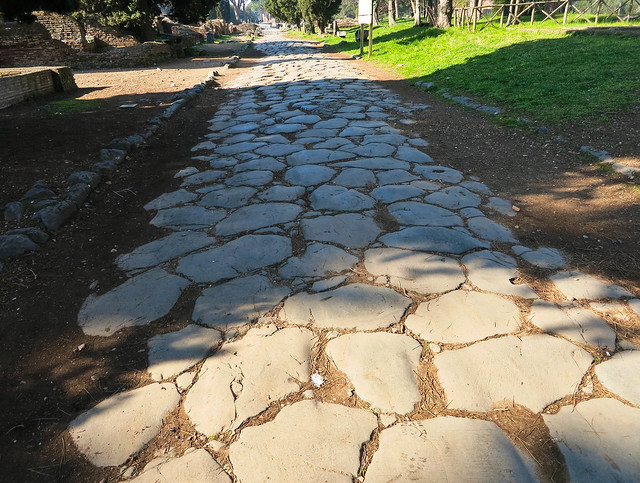
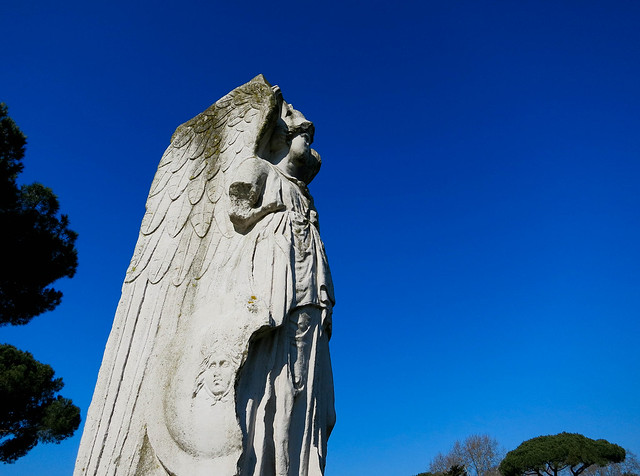
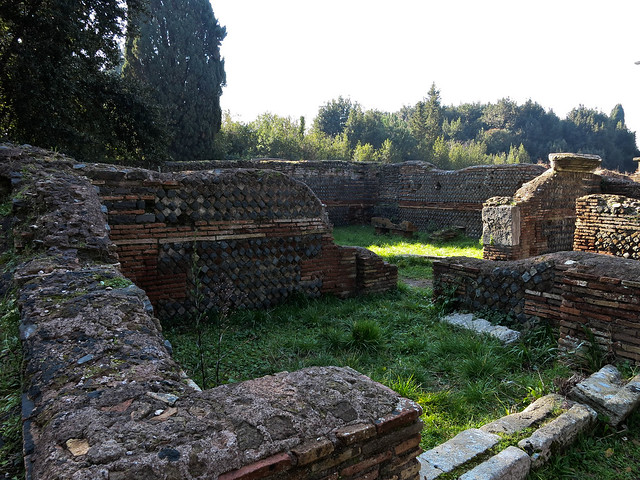
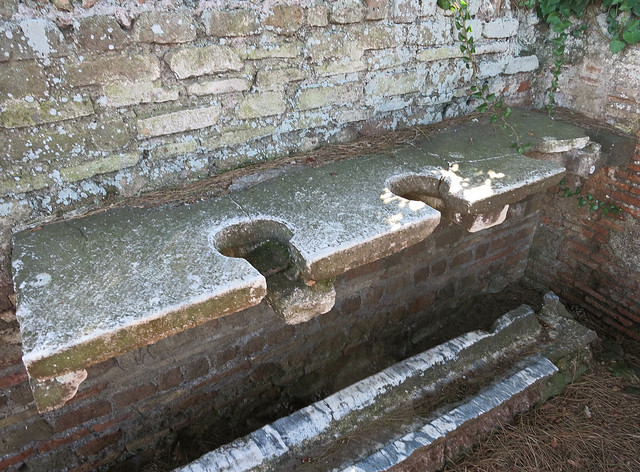
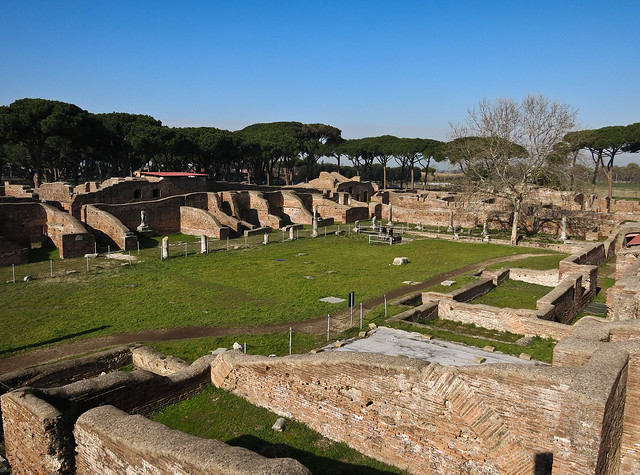
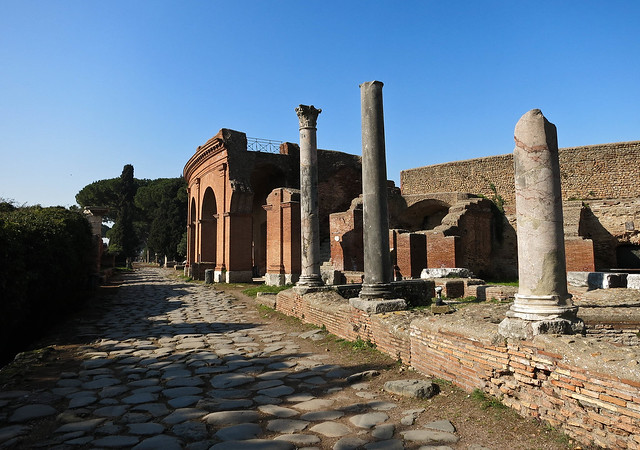
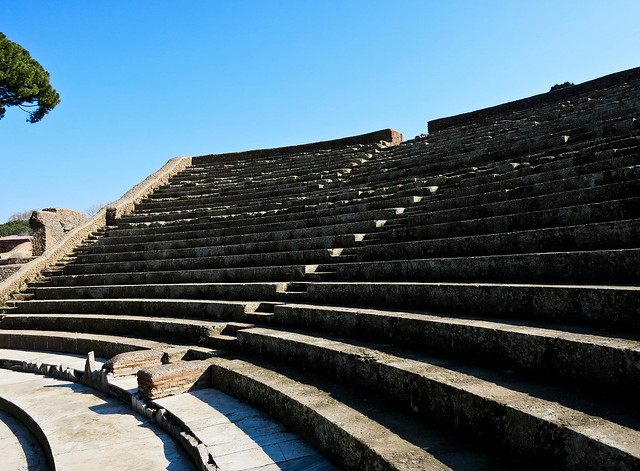
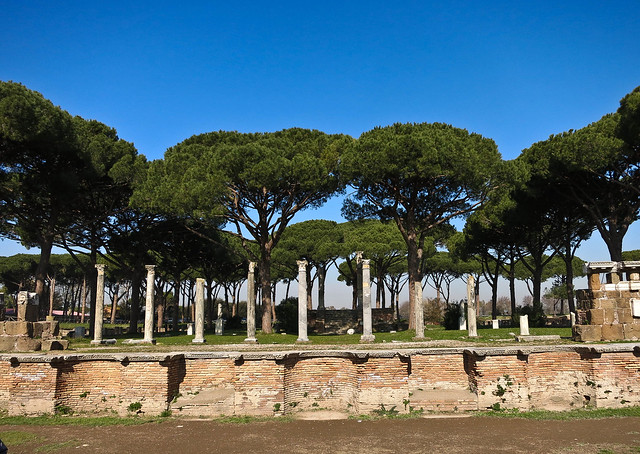

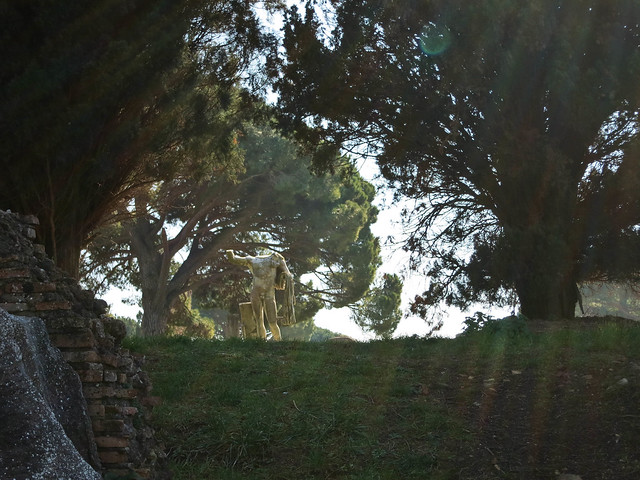
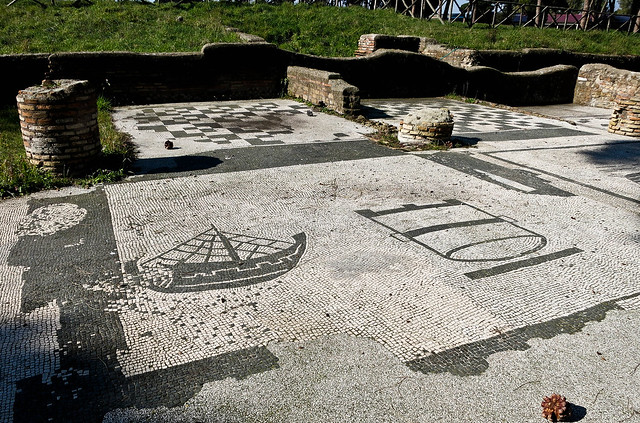
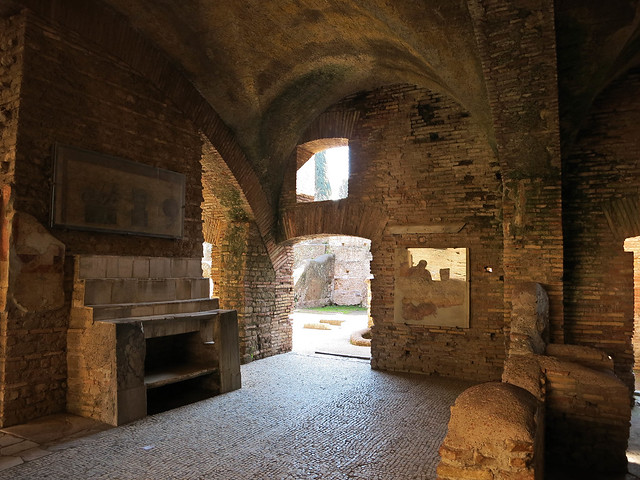
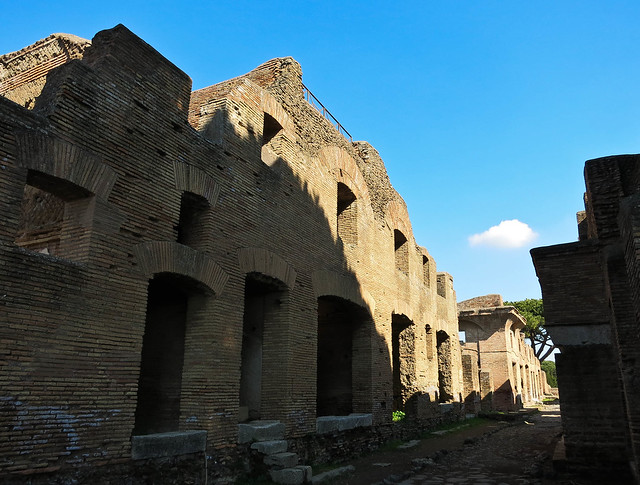

Special thanks to Walks of Italy for inviting me on this tour. All ancient opinions are my own.
